SNVSBM9B July 2020 – November 2020 TPS54JB20
PRODUCTION DATA
- 1 Features
- 2 Applications
- 3 Description
- 4 Revision History
- 5 Pin Configuration and Functions
- 6 Specifications
-
7 Detailed Description
- 7.1 Overview
- 7.2 Functional Block Diagram
- 7.3
Feature Description
- 7.3.1 Internal VCC LDO And Using External Bias On VCC Pin
- 7.3.2 Enable
- 7.3.3 Output Voltage Setting
- 7.3.4 Internal Fixed Soft Start and External Adjustable Soft Start
- 7.3.5 External REFIN For Output Voltage Tracking
- 7.3.6 Frequency and Operation Mode Selection
- 7.3.7 D-CAP3 Control
- 7.3.8 Low-side FET Zero-Crossing
- 7.3.9 Current Sense and Positive Overcurrent Protection
- 7.3.10 Low-side FET Negative Current Limit
- 7.3.11 Power Good
- 7.3.12 Overvoltage and Undervoltage Protection
- 7.3.13 Out-Of-Bounds (OOB) Operation
- 7.3.14 Output Voltage Discharge
- 7.3.15 UVLO Protection
- 7.3.16 Thermal Shutdown
- 7.4 Device Functional Modes
-
8 Application and Implementation
- 8.1 Application Information
- 8.2
Typical Application
- 8.2.1 Design Requirements
- 8.2.2
Detailed Design Procedure
- 8.2.2.1 Output Voltage Setting Point
- 8.2.2.2 Choose the Switching Frequency and the Operation Mode
- 8.2.2.3 Choose the Inductor
- 8.2.2.4 Set the Current Limit (TRIP)
- 8.2.2.5 Choose the Output Capacitor
- 8.2.2.6 Choose the Input Capacitors (CIN)
- 8.2.2.7 Soft Start Capacitor (SS/REFIN Pin)
- 8.2.2.8 EN Pin Resistor Divider
- 8.2.2.9 VCC Bypass Capacitor
- 8.2.2.10 BOOT Capacitor
- 8.2.2.11 Series BOOT Resistor and RC Snubber
- 8.2.2.12 PGOOD Pullup Resistor
- 8.2.3 Application Curves
- 9 Power Supply Recommendations
- 10Layout
- 11Device and Documentation Support
- 12Mechanical, Packaging, and Orderable Information
Package Options
Mechanical Data (Package|Pins)
- RWW|21
Thermal pad, mechanical data (Package|Pins)
Orderable Information
6.6 Typical Characteristics
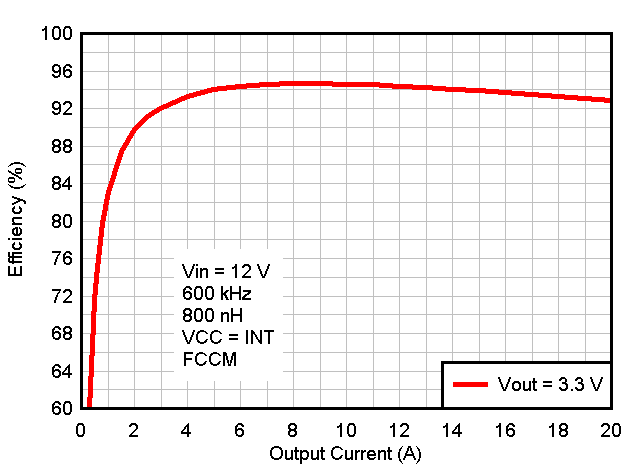 Figure 6-1 Efficiency vs Output Current, VCC = Int
Figure 6-1 Efficiency vs Output Current, VCC = Int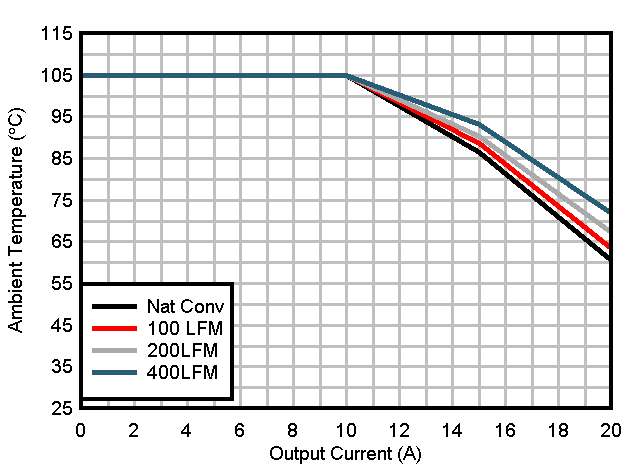
| Vin = 12 V | Vout = 1 V | Int Vcc |
| 300 nH | 800 Khz |
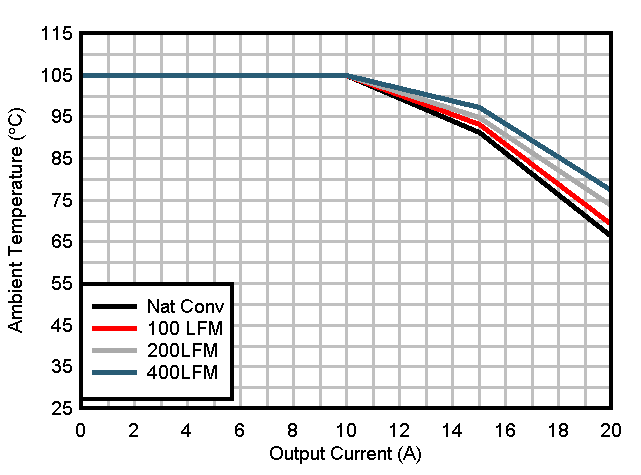
| Vin = 12 V | Vout = 1 V | Ext Vcc 3.3 V |
| 300 nH | 800 Khz |
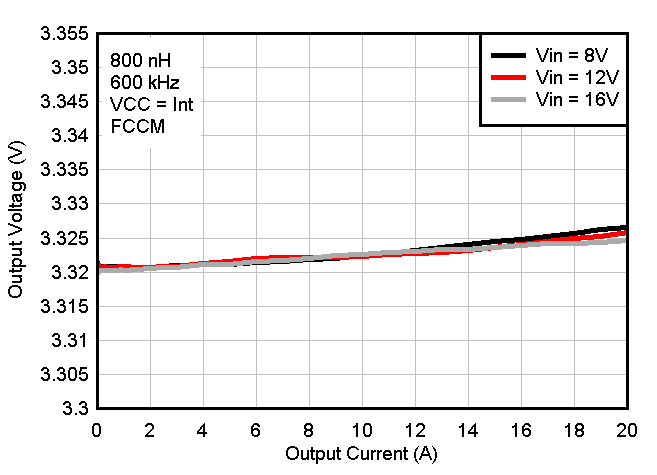 Figure 6-7 Output Voltage vs Output Current
Figure 6-7 Output Voltage vs Output Current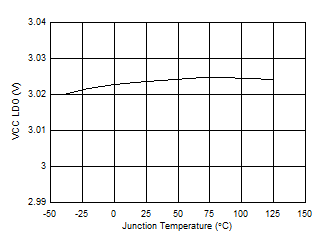
| VIN = 12 V | IVCC = 2 mA |
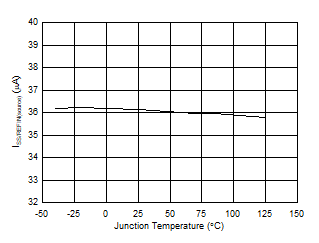
| VIN = 12 V |
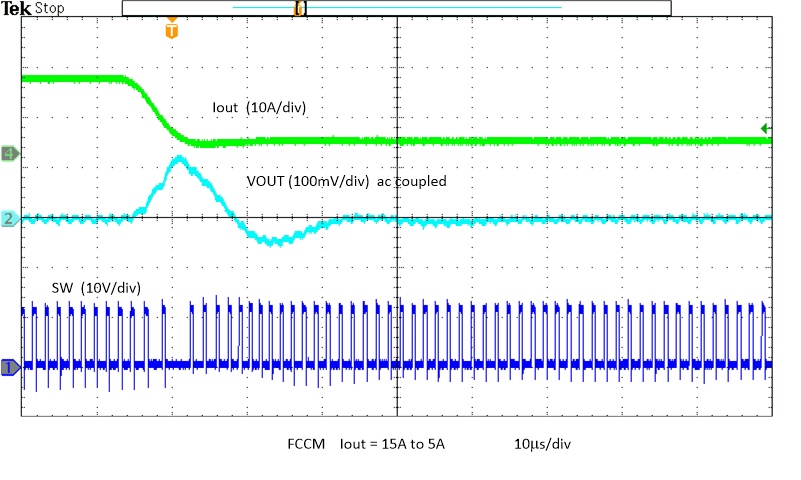 Figure 6-13 FCCM
Mode Load Transient
Figure 6-13 FCCM
Mode Load Transient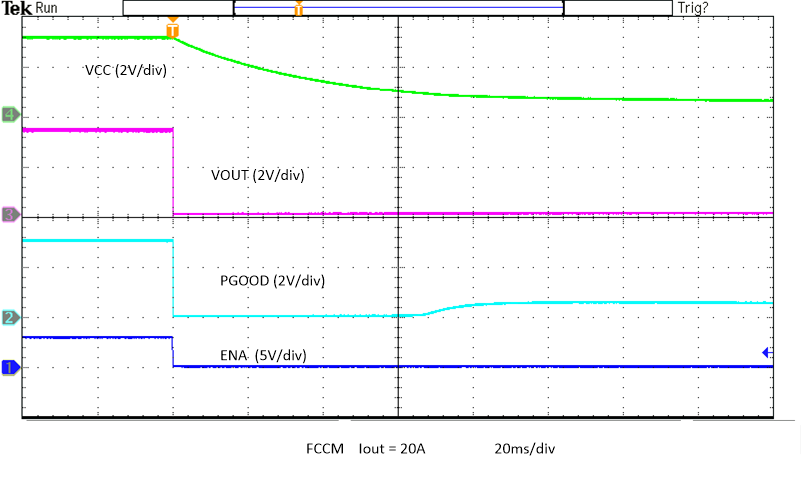 Figure 6-15 Enable Power-Down, Full Load
Figure 6-15 Enable Power-Down, Full Load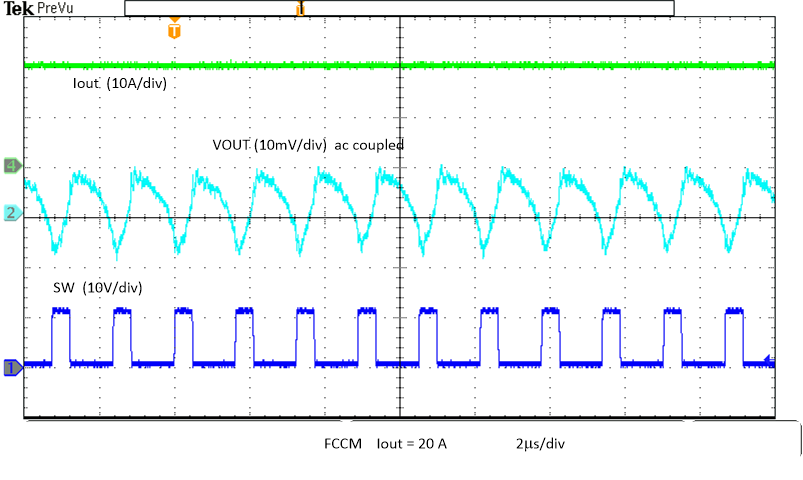 Figure 6-17 Vout
Ripple, FCCM, Full Load
Figure 6-17 Vout
Ripple, FCCM, Full Load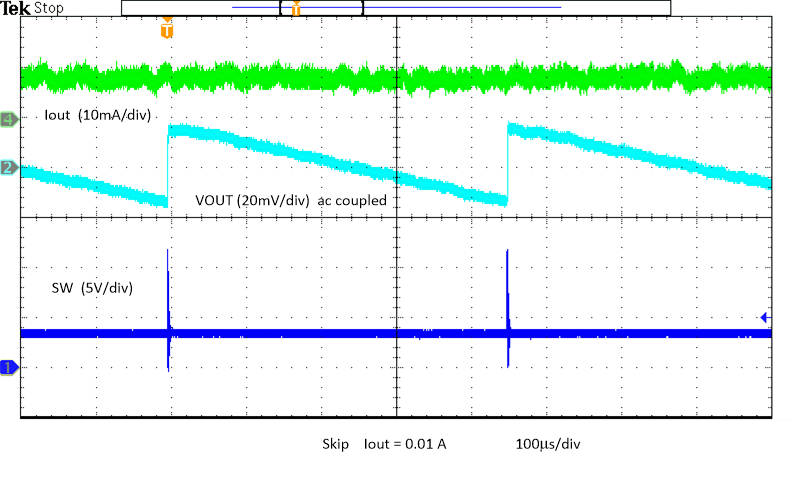 Figure 6-19 Vout
Ripple, Skip-mode, 10mA Load
Figure 6-19 Vout
Ripple, Skip-mode, 10mA Load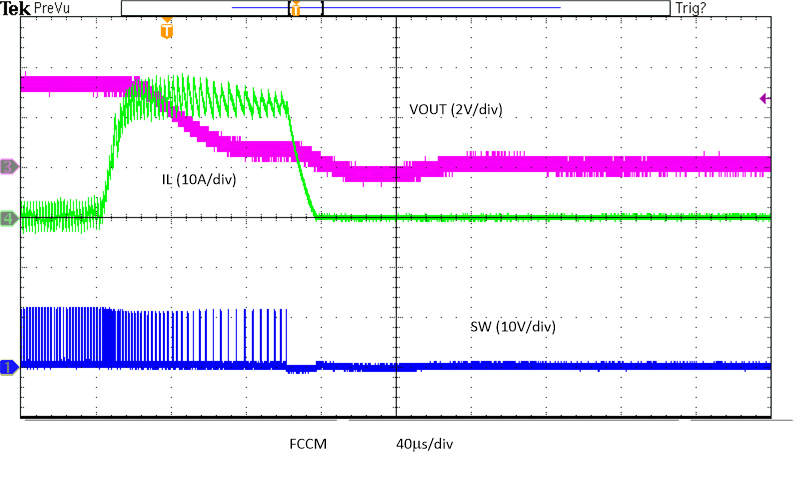 Figure 6-21 Overcurrent Protection
Figure 6-21 Overcurrent Protection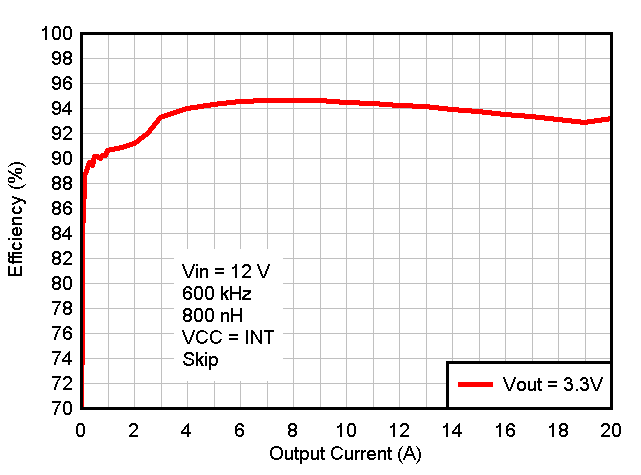 Figure 6-2 Efficiency vs Output Current, VCC = Int Skip-Mode
Figure 6-2 Efficiency vs Output Current, VCC = Int Skip-Mode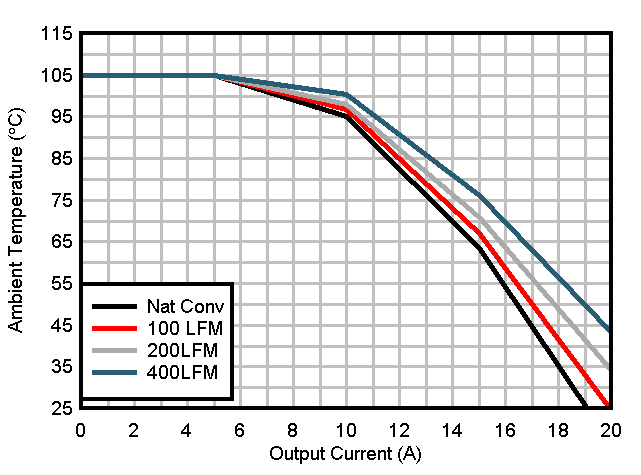
| Vin = 12 V | Vout = 5 V | Int Vcc |
| 800 nH | 600 Khz |
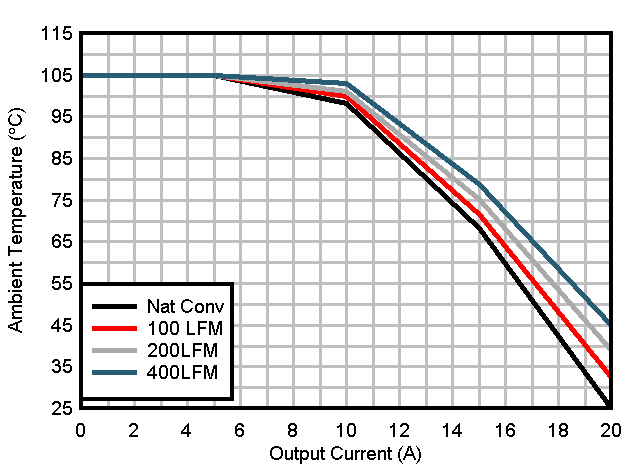
| Vin = 12 V | Vout = 5 V | Ext Vcc 3.3 V |
| 800 nH | 600 Khz |
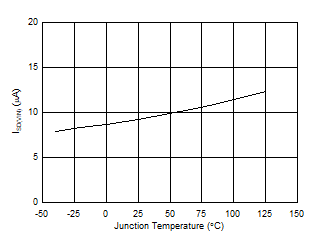
| VIN = 12 V | VEN = 0 V | Internal VCC LDO |
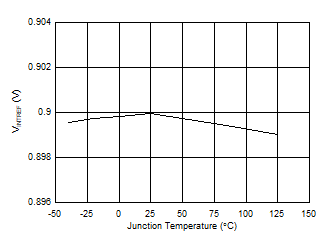
| VIN = 12 V |
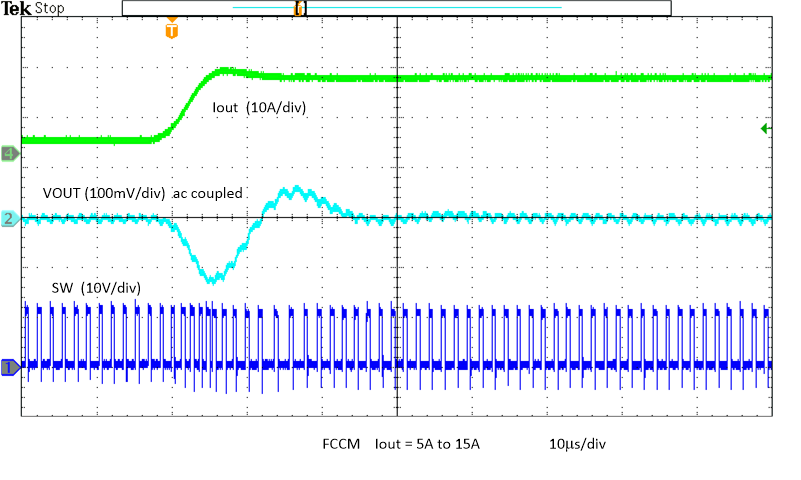 Figure 6-12 FCCM
Mode Load Transient
Figure 6-12 FCCM
Mode Load Transient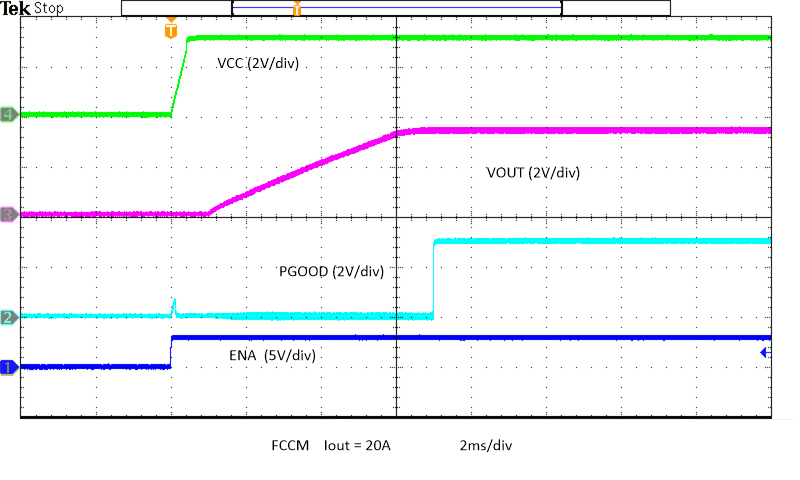 Figure 6-14 Enable Start-Up, Full Load
Figure 6-14 Enable Start-Up, Full Load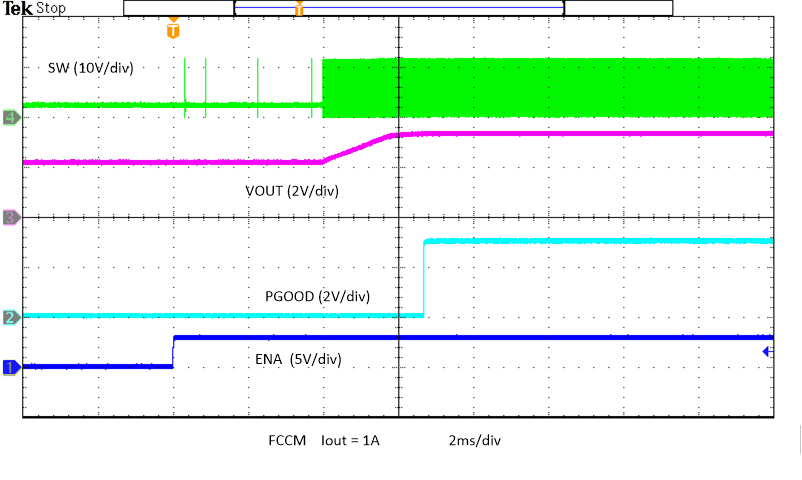 Figure 6-16 Enable Power-Up, Pre-Bias
Figure 6-16 Enable Power-Up, Pre-Bias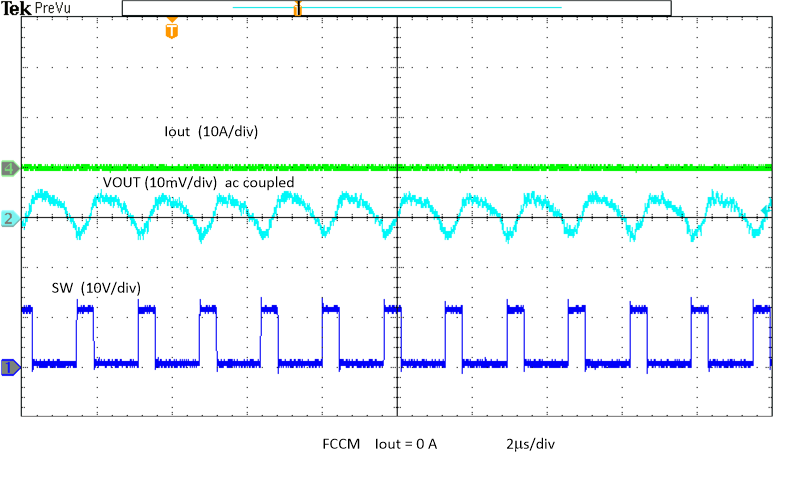 Figure 6-18 Vout
Ripple, FCCM, No Load
Figure 6-18 Vout
Ripple, FCCM, No Load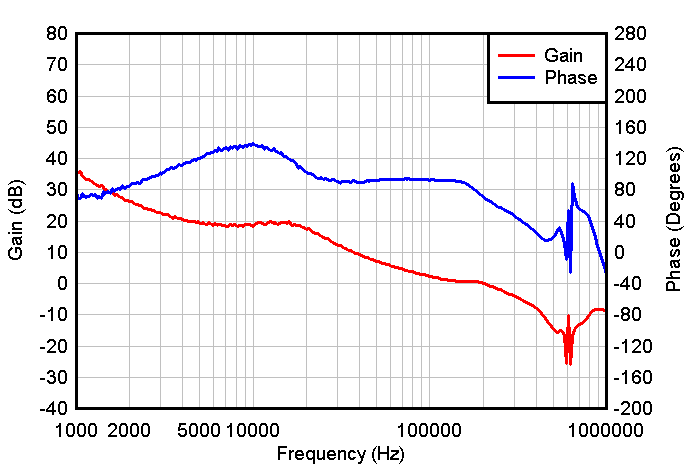 Figure 6-20 Frequency Response, 20 A
Load
Figure 6-20 Frequency Response, 20 A
Load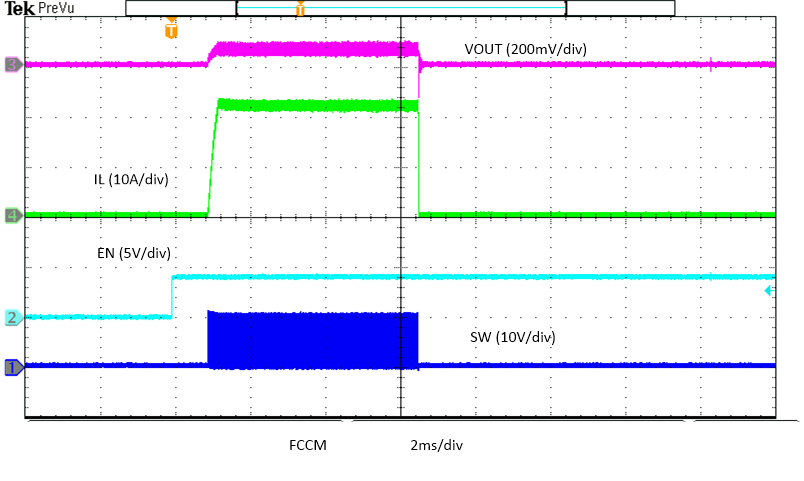 Figure 6-22 Enable into Overcurrent
Figure 6-22 Enable into Overcurrent